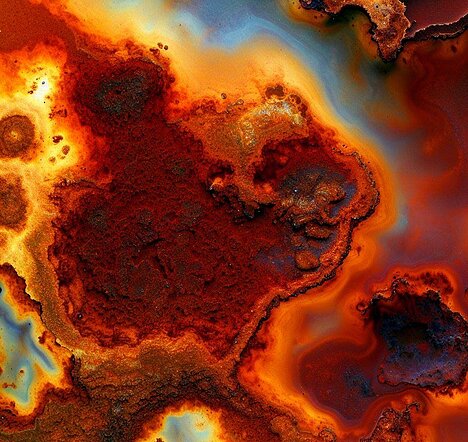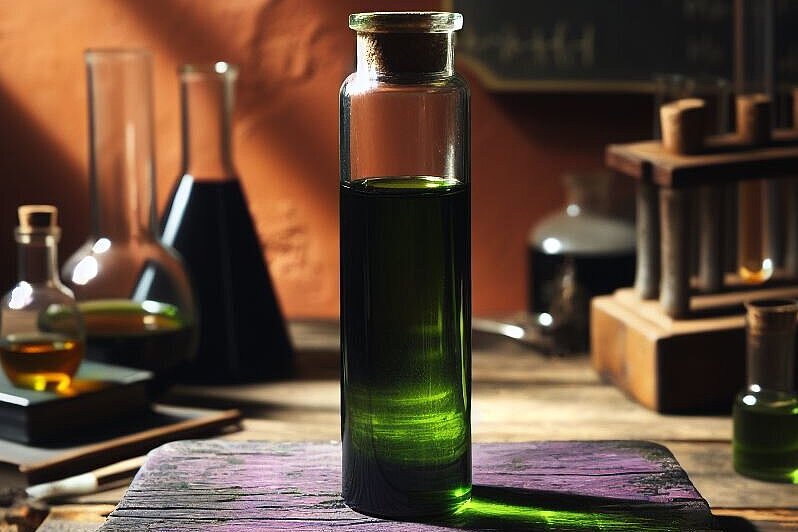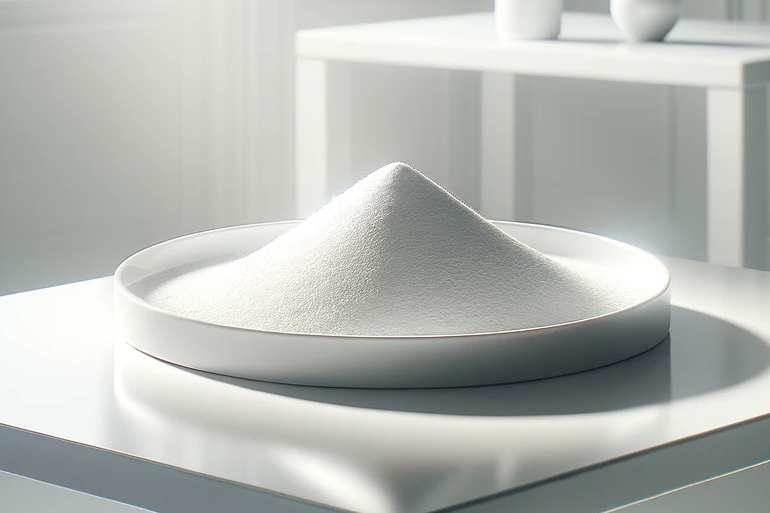Iron oxides

You may have heard of iron oxides, but do you know what they are and how they affect your dog? This article will tell you everything you need to know about this ingredient.
What are iron oxides?
Iron oxides are compounds of iron and oxygen that occur naturally or can be produced artificially. They have different colors, from red to brown to black, and are often used as dyes or pigments. They can be found in cosmetics, artwork or food, for example.
Why are iron oxides in dog food?
Iron oxides are sometimes used as colorants in dog food to make the food look more attractive or natural. They have no effect on the taste or nutritional value of the food. Iron oxides are also a source of iron, an important mineral for a dog's health. Among other things, iron is responsible for the formation of red blood cells, oxygen transport and immune function.
What are the advantages and disadvantages of iron oxides?
Iron oxides are generally safe for dogs as long as they are used in small quantities and within the legal limits. They can even help to prevent iron deficiency, which can lead to anemia, weakness and susceptibility to infection.
However, iron oxides can also have disadvantages. On the one hand, they can trigger allergic reactions or intolerances, which can manifest themselves in skin rashes, itching or diarrhea, for example. Secondly, they can lead to life-threatening iron poisoning in the event of an overdose. Symptoms of iron poisoning include vomiting, blood in the stool, breathing difficulties or heart failure.
How can you protect your dog from iron poisoning?
To avoid iron poisoning, you should make sure that your dog does not eat dog food that contains too many iron oxides. You can check the label on the food or ask the manufacturer how much iron oxide it contains. You should also keep your dog away from other possible sources of iron such as iron nails, batteries or medication.
If you suspect that your dog has iron poisoning, you should see a vet immediately. Quick treatment can save lives.
Iron oxides are a common ingredient in dog food that can have both advantages and disadvantages. They can give your dog a beautiful color and sufficient iron, but they can also cause allergic reactions or iron poisoning. Therefore, you should always pay attention to how much iron oxide your dog is consuming and protect him from an overdose.
If you notice any signs of hypersensitivity or poisoning in your dog, you should see your vet immediately. We are not a substitute for a vet, but we try to be as accurate as possible. Every dog reacts differently and we recommend you get a second opinion or consult your vet if in doubt.
Stay healthy and take good care of your four-legged friend!😊
Similar to Iron oxides
Zinc oxide is an inorganic compound consisting of zinc and oxygen. It is known for its strong coverage and protective function in sunscreens, its soothing properties on the skin and its role as an...
Chromium oxide (Cr2O3) is a chemical compound of chromium and oxygen. Known for its green color, it is used in various industrial applications, including as a pigment in paints and coatings. In...
Titanium(IV) oxide, also known as titanium dioxide (TiO2), is a naturally occurring mineral valued for its strong pigmentation and reflectivity. It is widely used in paints, sunscreens, plastics and...
Manganese oxide (MnO) is a form of manganese, an essential trace element that can exist in several oxidation states. In dogs' diets, manganese oxide is used as a source of manganese to ensure they...


